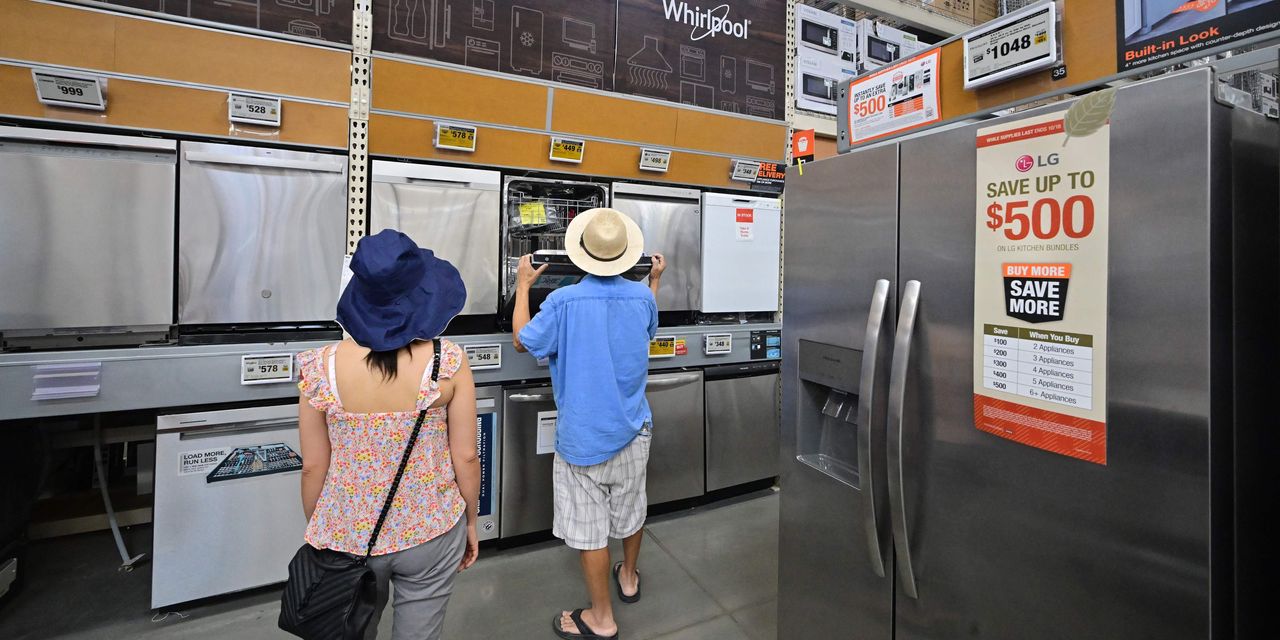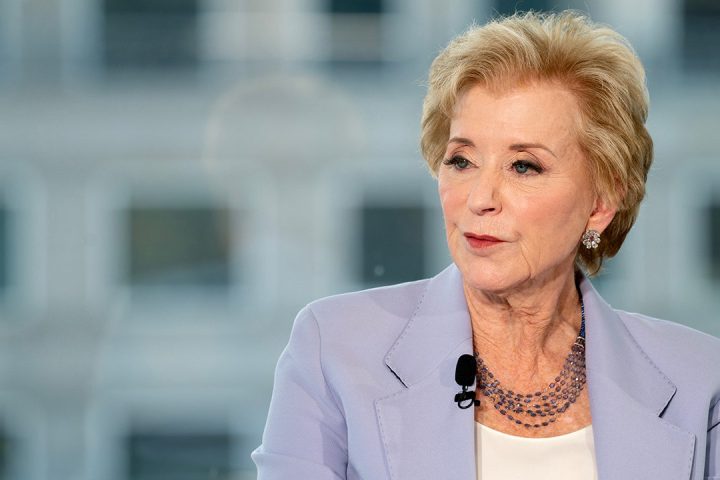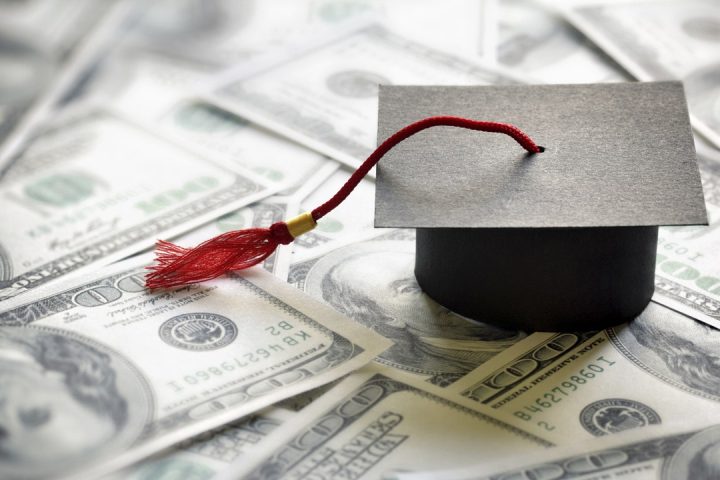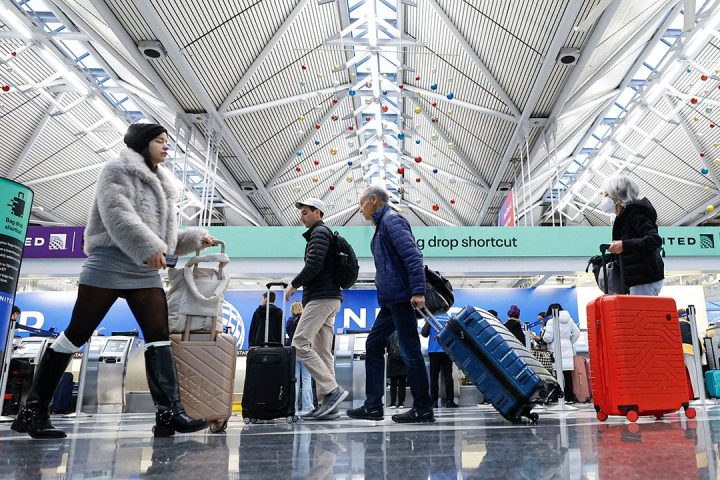As high inflation and high interest rates have pummeled consumers, many observers expected consumer spending to slow down this year, but instead, spending has shown “surprising” strength, according to a new analysis from the Federal Reserve Bank of New York.
What’s behind consumers’ continued buying power? Households’ diminishing debts over the past three years have had a lot to do with it, New York Fed researchers found.
Debt burdens lessened during the pandemic, and that’s still allowing consumers to spend more money now. For example, some 14 million homeowners refinanced their mortgages, which made their monthly housing payments smaller and saved them an estimated $120 billion as of the second quarter of this year, according to the Fed report. Consumers also paid down their credit-card debts, and student-loan borrowers got a three-year break on paying back their loans, according to the New York Fed’s study on the health of the U.S. consumer.
Since 2019, up to $510 billion has become available to consumers because they had fewer debts: $400 billion through mortgage refinancing, and $110 billion through non-mortgage debt such as student loans and credit-card debts, the study found.
Refinanced mortgages saved homeowners money
Homeowners that refinanced saw an average $220 decline in their monthly payments, previous Fed research has shown. Homeowners also withdrew “unusually large” amounts of home equity when interest rates were low through cash-out refinances, according to Wednesday’s study. The combination of lowered monthly mortgage payments and tapped home equity poured about $280 billion into household budgets for spending as of the second quarter of 2023, researchers said.
Student-loan borrowers paid down their credit-card balances during the pause
Student loans paused for three years before resuming this month. A typical monthly student-loan payment ranged from $200 to $300 on average. New York Fed researchers said borrowers used the money they weren’t spending on their student loans to pay down their credit-card balances.
About $70 billion goes toward paying federal student loans every year, which means that an estimated $260 billion stayed in the economy by the second quarter of 2023 because of the pause on student-loan payments, the researchers said.
Since the beginning of 2020, consumers have paid down $180 billion in credit-card debts as of the second quarter of 2023, which resulted in lower delinquency rates during the pandemic and lower balances, they said.
“Reduced credit card balances position households well for future consumption: since reduced balances typically mean that more credit is available for future use,” the researchers said in the report.
Also read: No student loan payment freeze? No problem, at least according to the NY Fed
The effects of pandemic savings are ‘tremendously uncertain’
During the pandemic, government stimulus payments and curbed consumer spending let households save more money than usual in their accounts. Economists and analysts call this “excess savings.” Recent research by three Fed economists found that this money has run out.
Excess savings reached a high during 2021, a consensus among experts, but the New York Fed researchers behind Wednesday’s study said there was “tremendous uncertainty” about how much of this money still remains in households. “As we move further beyond the pandemic, measuring excess savings becomes increasingly fraught, since it relies heavily on assumptions about behavior in the absence of the pandemic,” the researchers noted. That’s why they wanted to study other factors behind consumer spending, such as mortgage refinances and reduced credit-card debts.
Citigroup’s
C,
CEO, Jane Fraser, said on an earnings call last week that “the excess savings are sitting there now primarily with households with over $150,000 of income, and it’s down in the rest.”
An earlier study from the San Francisco Fed suggested that “a relatively small amount,” about $190 billion, is still in the economy from excess savings, but could run out within 2023.
Most of the savings tracked in the NY Fed report were made possible by a low-interest rate environment, the researchers said. As borrowing has become more expensive in the past year, delinquency rates for credit cards are rising back to their pre-pandemic levels, and household finances could tighten further in the coming months, the researchers noted.
Read the full article here







